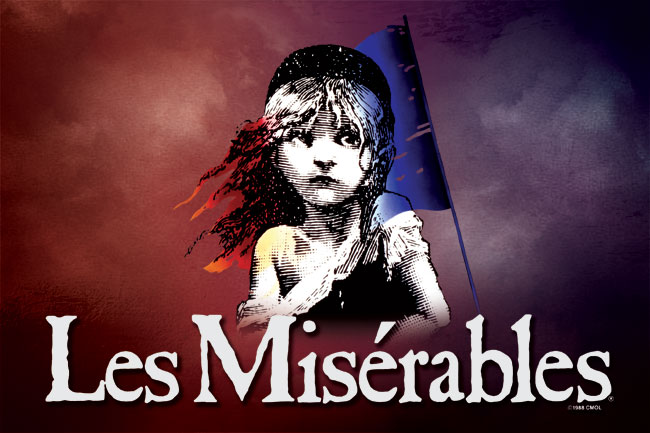
Connecting Les Misérables
December 16, 2018 - All
Introduction
Victor Hugo’s Les Misérables is one of those titles that maintain notoriety in books, theater, and most recently movies. The work has provided us with a number of classic characters such as Jean Valjean, the protagonist on the run after stealing a loaf of bread to feed his family, Inspector Javert, the man who believes in black and white laws and dedicates his career to hunting Valjean down, or Marius, the love struck boy who wavers between the girl he loves and the friends he loves. This study will look at these characters in the play and who they and who they interact with over the course of the musical.
Materials
In order to create the mapped graphs shown below the following tools were utilized:
- Data – The dataset used for this project was thanks to the Gephi wiki. The Gephi wiki has multiple datasets of various types of networks that are available free to use.
- Gephi – Gephi is an open source program that allows the user to create network data visualizations.
- Informational Websites – These sites helped formed an idea of what I had hoped to model my graphs after. These websites can be view below under the reference section.
Methodology
- Finding the information – With this information, I was able to find all the data together through the Gephi Wiki, linked above, and was able to input the file directly into Gephi.
- Inputting the data – Once the data was opened through Gephi I checked the information and made sure the edges and nodes appeared correctly.
- Running the information – In order to understand and group the nodes of these graphs, it was important to run the statistics provided by Gephi. By running statistics I was able to group some of the characters in order to create a more cohesive set. After checking that the groupings made sense, I was able to move onto the next step.
- Creating the network – The two networks were used using graphs provided by Gephi and add one also provided by Gephi. Because it many different configurations there was an amount of guess and check with this programming. After trying a number of combination, the following graphs seemed to show the data the most efficiently.
Results

The first graph is best at showing how the groups are related to each other. The green group represents the Les Amis de l’ABC, the group of school boys fighting the revolution, the teal for the prostitutes that are mostly connected through Fantine, the orange being related to the Theardier’s who own the inn, the magenta are related to Valjean’s trial, the turquoise are minor characters who are only slightly related to the purple group, and the purple group is related to Valjean and Cosette.

The second graph shows how certain names are being pulled into the center. These are the characters who have a stronger relation with other groups and has resulted in a stronger pull. In this case characters like Marius and Enjolras who have strong connections to multiple groups get pulled towards the center. Also characters who have large connections but mostly within one group maintain a certain size.
Reflections
By using Gephi it is easy to see which characters interact most and not at all with each other. With this information it can easily be used by theater directors to work on run through and rough blocking by understanding what characters need to be present most with other characters and understand the connection between certain characters. It also makes it easier to see connections to smaller background characters that isn’t always something that is inherent in the original work. What could be interesting is compare how these connections change over the medium such as the book or movie.
References
- Mapr – Driving Insights with Network Graphs – This site offered a wonderful example of a graph that detailed the character relations of the Wizard of Oz which provided inspiration for the connected graph above.
- Media and Design Studio – [Re-] Visualizing the Novel – This site provided
- Gephi – This program was used to create the post.
- Gephi Wiki – This site provided the dataset that was used for the graphs displayed in this post.
The post Connecting Les Misérables appeared first on Information Visualization.
